Annubar flow meter are sometimes referred to as Averaging pitots and contain multiple pressure tappings to ‘average’ the flow; this is to try to compensate for a non-ideal flow profile.
The averaging pitot tube is inserted across the pipe as shown below. One side of the bar has pressure taps facing the flowing fluid that are coupled into an “averaging” chamber that measures the total (i.e. static + dynamic) pressure of the fluid.
Annubar Flow Meter
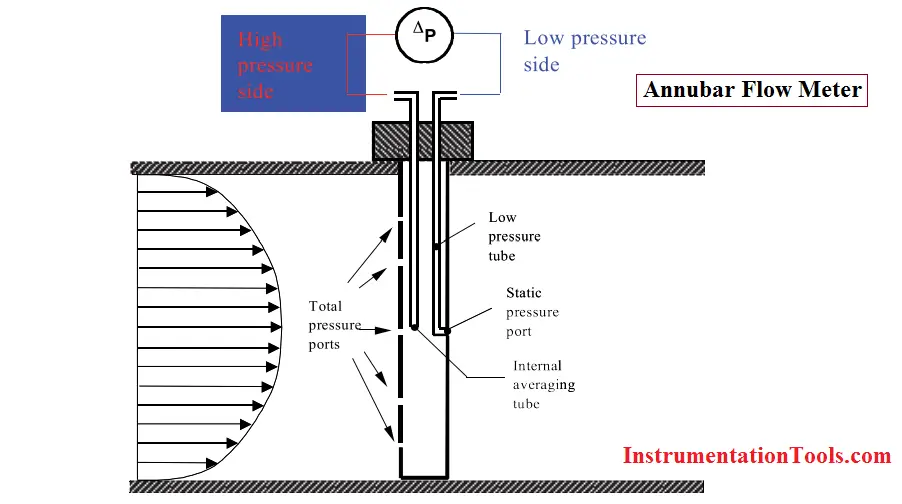
There may be a single port or multiple tapping ports on the opposite side of the bar to measure the low static pressure in the downstream region.
The difference between the total and static pressures is effectively a measure of the fluid velocity head, which together with the pipe area enables the volumetric flow rate to be determined.
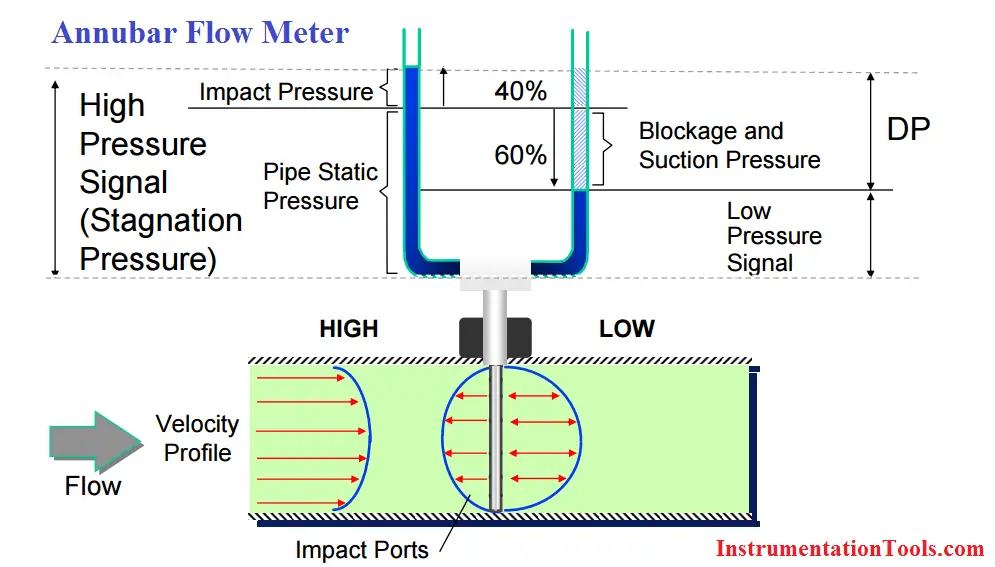
Principle of Operation
The Annubar primary flow element is a device used to measure the flow of a liquid, gas, or steam fluid that flows through a pipe. It enables flow measurement by creating a differential pressure (DP) that is proportional to the square of the velocity of the fluid in the pipe, in accordance with Bernoulli’s theorem.
This DP is measured and converted into a flow rate using a secondary device, such as a DP pressure transmitter.
The flow is related to DP through the following relationship.

where:
Q = Flow Rate
K = Annubar Flow Coefficient
DP = Differential Pressure
The Annubar generates a DP by creating a blockage in the pipe and acting as an obstruction to the fluid. The velocity of the fluid is decreased and stalled as it reaches the front surface of the Annubar sensor, creating the impact/high pressure.
The Annubar senses the impact pressure by utilizing a DP transmitter.
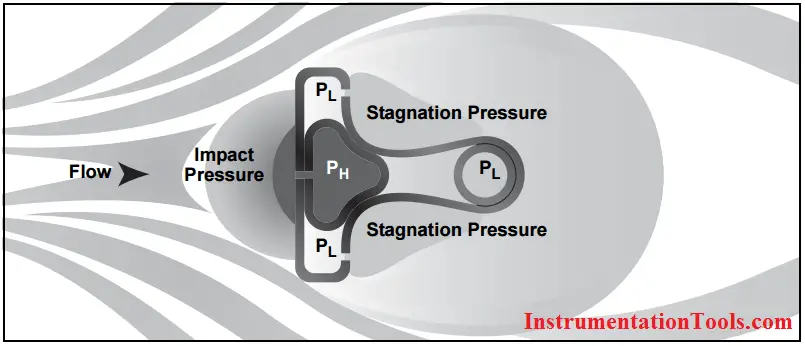
As the fluid continues around the Annubar sensor, it creates a lower velocity profile on the backside of the sensor, creating the low/suction pressure downstream of the Annubar.
Individual ports, located on the backside of the Annubar sensor measure this low pressure. Working on the same principle as the high pressure, an average low pressure is maintained in the low pressure chamber that connects directly into the transmitter for measurement.
The resultant differential pressure is the difference between the impact (high) pressure reading and the suction (low) pressure reading as seen below.
DP = PH – PL
where:
PH = High Pressure
PL = Low Pressure
The measured DP is used to calculate the flow rate.
Annubar Flow Formulas
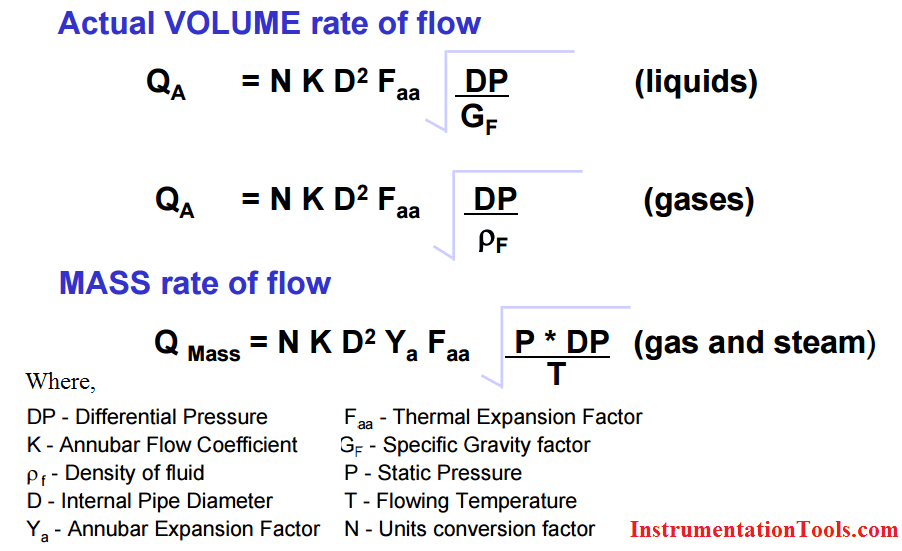
Advantages of Annubar Flow Meter
- Can be inserted through a small opening.
- Can be used to sample the velocity at several points.
- Low-pressure drop, minimal obstruction.
Disadvantages of Annubar Flow Meter
- Single point measurement.
- Pitot tube is fragile
- DP signal is low.
If you liked this article, then please subscribe to our YouTube Channel for Instrumentation, Electrical, PLC, and SCADA video tutorials.
You can also follow us on Facebook and Twitter to receive daily updates.
Read Next:
- Pitot Tube Working Principle
- Measurement based on Pressure
- Coriolis Flow Meter Inaccuracy
- Wedge Flow Meter Principle
- Turbine Flow Meter Testing
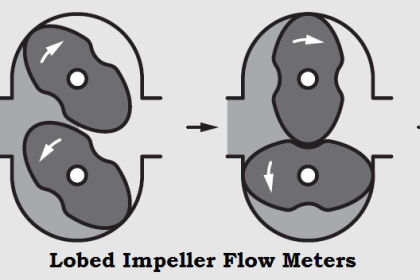

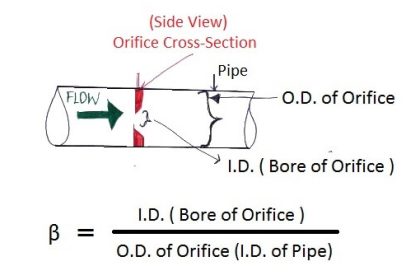
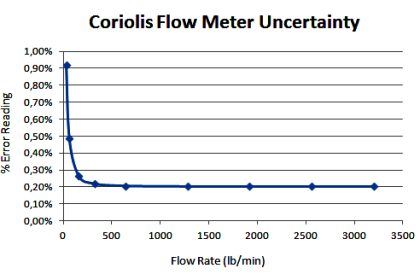
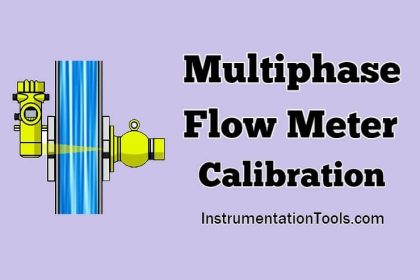
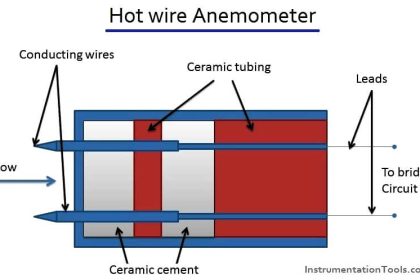
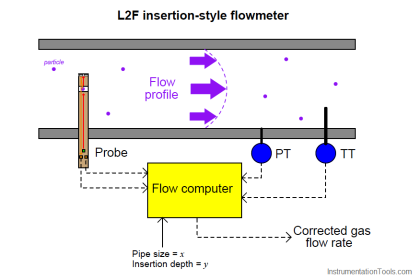
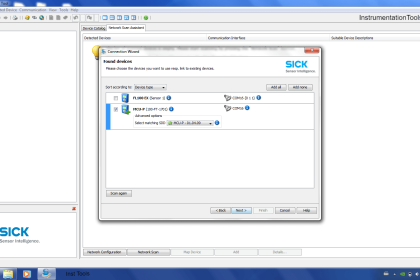

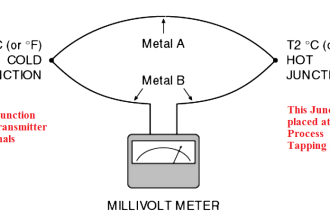

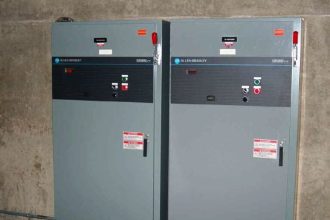
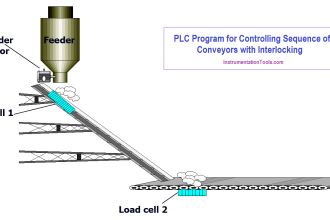
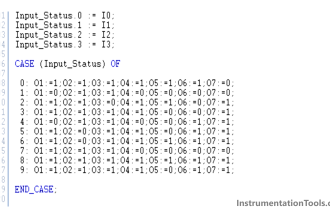


Reddy gaaru, what if an 18 inch annubar installed inside a 20 inch dia pipe. Observed showing more flow about 250 SCM per hour. How to compensate this error? Flow totalizer vendor told it was not possible to adjust in totalizer, but to change URV (from 63 mmH2O to 66 mmH2O – sounds unique, isn’t it?!) in the DP transmitter. But no change found. Please suggest. Awaiting your kind response.
Zero calibration
yes, you can do it by recalibrating the DP transitter. Put an offest error to match the actual DP value if annubar were of 20 inch instead of 18 as you have.
Can we use more than one DP transmitter( Two or three) from single Annubar flow meter and what the disadvantages
yes you can but if something happens to your annubar sensor you will lose all of transmitter. in simple term you won’t have enough reliability in your plan.
It’s hard to say
What is single point measurement as disadvantage in Annubar ?
if fluid flow have turbulence single point will measure incorrectly. but in annubar it’s like averaging multiple points pressures, so it’s more likely to measure the right value.